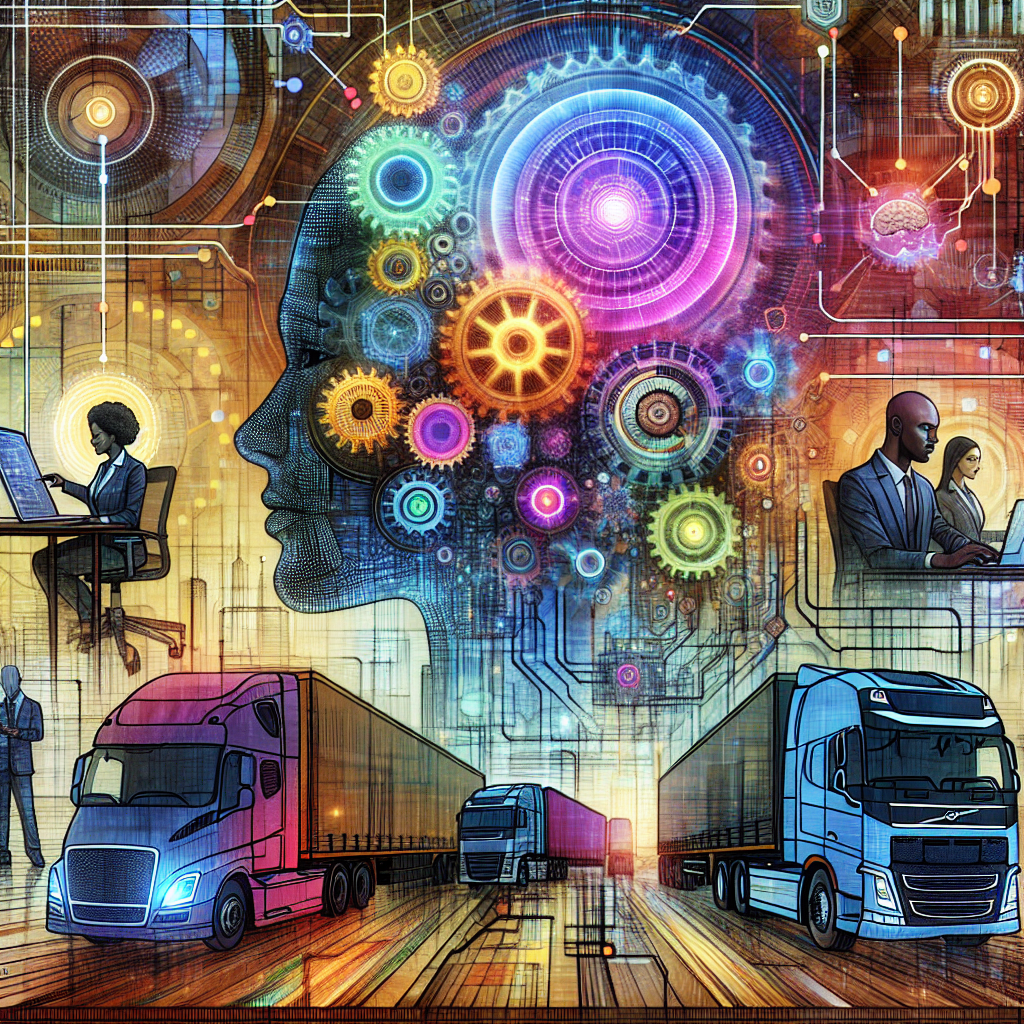Tech giants lead. Industries follow. Duolingo just revealed its playbook.
In a strategic announcement that signals a significant shift in how companies approach operations, Duolingo CEO Luis von Ahn has declared the language-learning platform will transition to an “AI-first” operational model. This bold move, detailed in a company memo shared on LinkedIn, outlines plans to systematically replace human contractors with AI-driven automation across multiple business functions.
The announcement represents more than just another tech company embracing artificial intelligence. It provides a clear window into how forward-thinking organizations are reimagining their operational structures in an age where AI capabilities are rapidly expanding beyond experimental use cases into core business functions.
According to von Ahn’s memo, Duolingo will now require teams to justify why they cannot use AI before requesting additional headcount. This fundamental shift in thinking places automation as the default solution rather than the exception. The company plans to leverage AI across content creation, hiring processes, and even performance reviews.
Duolingo emphasized that this strategy aims to eliminate workflow bottlenecks and redirect human talent toward creative and complex tasks that AI cannot yet handle effectively. The company maintains that the initiative focuses on scaling educational delivery efficiently rather than replacing their core staff.
This transition mirrors a growing trend across the tech industry. Companies like Shopify have already begun prioritizing AI proficiency in their operations and hiring practices. The social media response to Duolingo’s announcement has been predictably mixed, with critics focusing on potential job losses while supporters acknowledge the inevitable evolution of AI’s role in business operations.
Why This Matters for Trucking and Logistics
As an AI strategist who has spent two decades in truck driver recruitment, I see Duolingo’s move as a preview of what’s coming for every industry, including trucking and logistics. The transportation sector faces unique challenges that make it ripe for AI transformation: driver shortages, high turnover rates, and intense competition for qualified candidates.
Small and mid-sized trucking companies watching these developments might wonder: “Is this relevant to us, or just another Silicon Valley experiment?” The answer is clear. What begins in tech inevitably flows to traditional industries, often faster than expected.
The companies that will thrive are those that recognize AI isn’t just a cost-cutting tool but a competitive equalizer. Big companies traditionally dominated through scale, resources, and talent acquisition. AI levels this playing field, allowing smaller operations to leverage intelligence and automation previously available only to industry giants.
The Hybrid Approach for Trucking
Unlike Duolingo’s contractor-replacement model, the trucking industry needs what I call a Hybrid AI Workforce approach. This model combines human intelligence, insight, and intuition with artificial intelligence and data science. The goal isn’t to replace recruiters but to enhance their capabilities so they can work at the top of their skill set.
Imagine recruiters freed from screening hundreds of applications, instead focusing on building relationships with the most promising candidates already vetted by AI. Picture operations managers making driver assignment decisions informed by predictive analytics that consider factors no human could simultaneously process.
This approach addresses the industry-specific challenges of trucking. Driver shortages require more efficient recruitment. High turnover demands better matching of drivers to roles. Competitive pressures necessitate faster, more accurate decision-making.
Beyond Human Interaction
The second layer is what I term the Autonomous Workforce: AI systems working in the background without human interaction. These systems analyze data, learn patterns, and continuously improve, providing insights that inform better human decisions.
For trucking companies, this means AI that tracks the entire driver lifecycle, identifying patterns in successful hires, predicting turnover risks, and optimizing recruitment channels automatically. The system doesn’t just handle tasks but orchestrates them across specialized functions.
The true power lies in scaling operations without increasing complexity. Whether managing 10 driver candidates or 10,000, the system remains fluid, efficient, and effective.
Preparing for the AI-First Transition
Trucking companies watching Duolingo’s transition should consider these steps:
First, audit your current recruitment process. Identify repetitive tasks that consume disproportionate time but add minimal value. These are prime candidates for AI automation.
Second, organize your data. AI effectiveness depends on data quality and accessibility. Structure your driver recruitment information to fuel future automation.
Third, start small but think big. Begin with targeted AI implementations that solve specific pain points while developing a vision for comprehensive transformation.
The companies that thrive won’t be those with the biggest budgets but those with the clearest vision for how AI can transform their specific operations. They’ll understand that AI isn’t about replacing humans but augmenting their capabilities in ways that create new value.
Duolingo’s announcement isn’t just tech news. It’s a signal that AI-first operations are becoming the new standard across industries. For trucking companies facing persistent recruitment challenges, this shift represents both an opportunity and an imperative to evolve.
The future belongs to organizations that can harness AI not just as a tool but as a fundamental approach to solving their most persistent business challenges. In trucking, that future starts with reimagining driver recruitment for an AI-first world.
